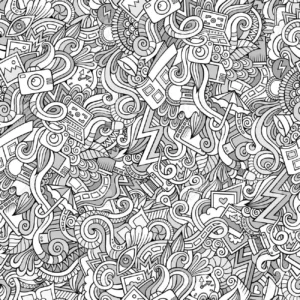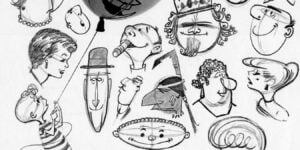What Is Figure Drawing?
Figure drawing is the art of depicting the human figure. It is a representation of the human form in any of its many shapes and poses, created with any drawing medium. However, from extremely precise, anatomically correct renditions to loose and emotive doodles, the degree of representation can vary greatly. Also, this method aids the artist in capturing the essence of the muscle, texture, and positions of the human body. It’s a technique that focuses on understanding the human form’s shape and movement.
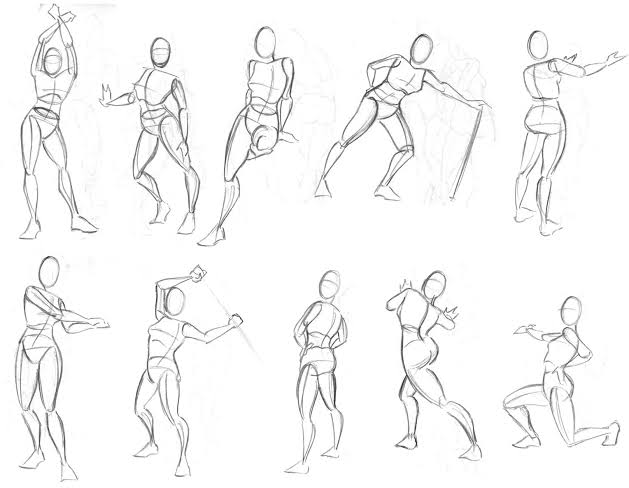
This skill is more than a single figure sketching session for a student artist. The goal of figure drawing is to depict life as it is, or as the artist perceives it. The key to comprehending illustration is to learn to trust and respect the peculiarities and distinctiveness of perception.
Figure study can improve your illustration skills by giving you a better understanding of anatomy and gesture drawing. Moreover, sketching real people will help you grow as a sketch artist, illustrator, and digital artist.
Figure drawing is not just the most difficult subject an artist will encounter, but it is also the center of entire courses. One of the most enduring themes in the visual arts is the human figure. It can be used to create portraits, illustrations, sculptures, medical illustrations, and other works. We’ll try to break down the technique of figure sketching for beginners into a few basic phases in this article:
The Benefits Of Figure Drawing
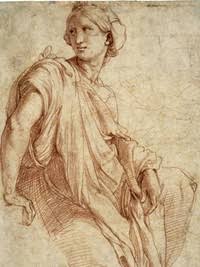
Discover How To See Living Things
The figure drawing method is meant to teach you how to view living objects moving in their natural environment. Also, Learn how to use proportions to portray movement and put foreshortening techniques to use. They’re great techniques to make your graphics more vibrant. However, To improve your drawing skills, you can make many drawn versions of the same figure.
Helps To Capture Movement
Figure drawing encourages the illustrator to capture action, from body movement to proportional balance to the tensions that the figure carries in various situations. It’s all part of the routine:
“You’re working on how the figure rests, learning your basic proportions, and getting a feel for drawing the figure before you start to exaggerate it and take those forms into foreshortening or create a really intense action pose,” says cartoonist Megan Levens.
Increase Your Knowledge Of Anatomy
Identify the underlying shapes of the muscles that lie beneath the skin and the bones that are beneath the muscles while drawing a body. This architecture underpins movement and breathes life into drawings.
The human anatomy is incredibly complicated. Capturing the intricate details of its shape is a difficult task that many individuals spend their lives trying to perfect. However, if you learn to appreciate its intricacy through careful observation, you’ll be able to simplify it and create visual shorthand. Understanding anatomy is the foundation for learning to adjust the form you’re sketching.
Learn About The Fundamental Forms
As an illustrator, hone your eye to learn how to recreate basic shapes like the line, oval, and square. It may appear simple, but manipulating these shapes is necessary for figure drawing and other types of drawing.
While drawing figures might help you depict human anatomy more correctly, perfection is not the end aim. Striking for perfection can result in uninspiring and stagnant drawings. Because humans are rarely perfectly symmetrical or proportionate, drawings that create certain symmetries and proportions might seem strange or bizarre.
Take, for example, a hand. It’s made up of a variety of forms, including the lines of the bone structure and the fingers, as well as the ovals and cylinders that make up the fingers and palm. Your drawings will grow more complicated and interesting as you discover the unique elements of each of these features.
Figure Drawing Fundamentals
Make A Drawing Plan
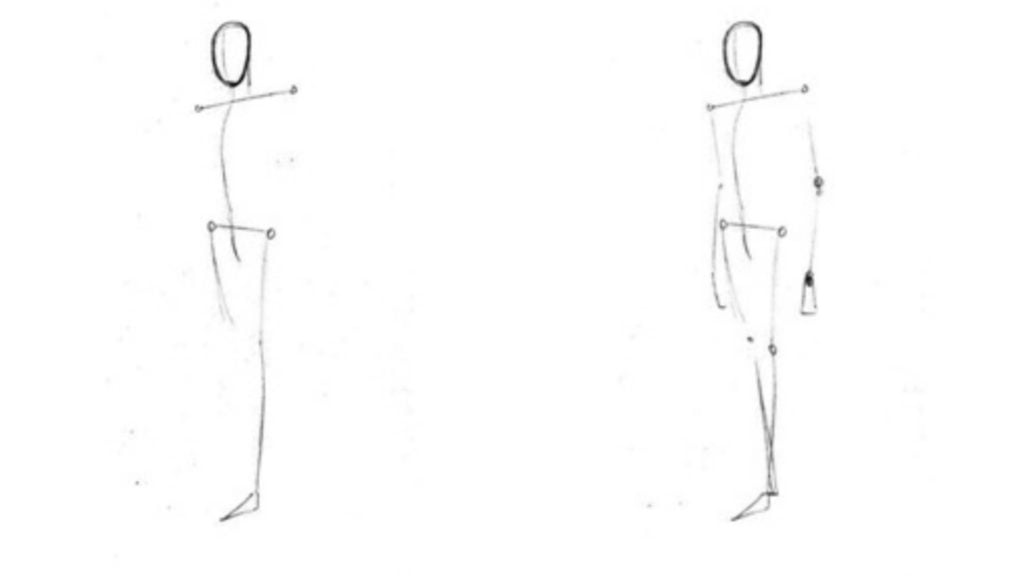
- Start by sketching a few vertical and horizontal lines to get a sense of the body’s dimensions.
- Calculate the amount of space the head will take up, as well as the head-to-body-height ratio.
- Remember that the body height should be 7 and a half times the height of the head for an average human form.
- Drawing 7 horizontal lines for the relative arrangement of body components at this stage can help guarantee that the human figure’s proportions are proper.
- The second line below the head would be formed by the armpits, the third by the hips, and so forth.
To Illustrate Body Sections, Add Simple Shapes
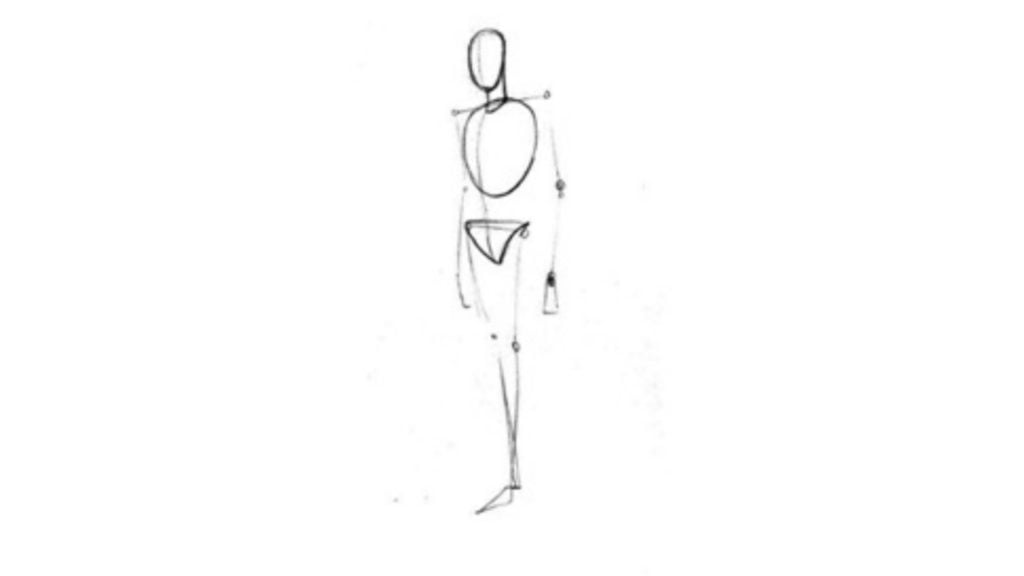
- To give your idea of the human form you’re sketching more reality, use circles, ovals, triangles, and rectangles.
- If you’re drawing a fat man, for example, you could start by drawing a large oval for his body.
- If you’re drawing a short female, a sequence of little ovals and circles can be used.
Draw A Rough Sketch Of The Fundamental Structure
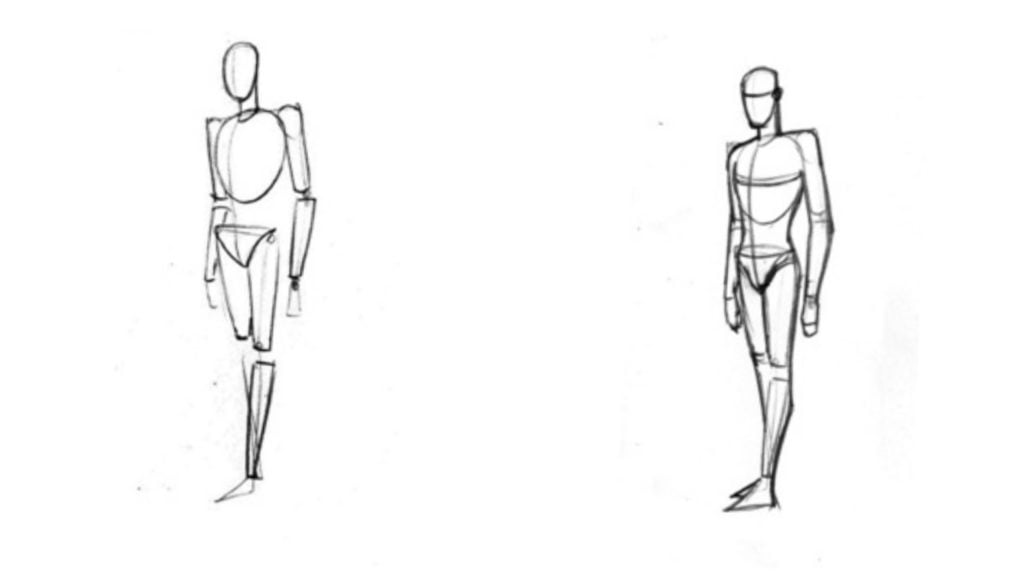
- This phase is critical because you must draw the figure in the most realistic manner possible.
- Paying close attention to the angles and curves of each body part.
- For example, stronger pencil strokes can be employed to represent angular shoulders, while softer lines can be utilised to show feminine curves in the hips.
Complete The Drawing And Add Details
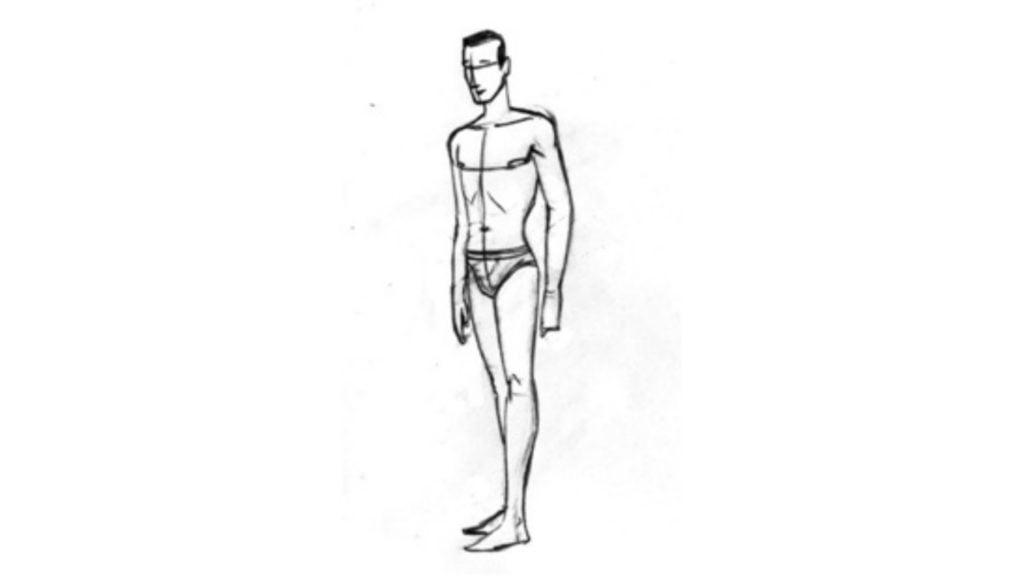
- You can use a pen to finish your human figure drawing if you’re satisfied with the way it looks.
- Then, to bring the figure design to life, add features like clothing and accessories.
Final Thoughts
One of the difficulties of drawing figures is that it is a problem-solving activity that necessitates adaptability. Because no two drawing scenarios are the identical, we must learn to conceive of different solutions to each “drawing problem” in a creative way. We also have the extra problem of having to do this rapidly while working from life, as we rarely have infinite time with the model.
Also, You will learn to develop as many solutions as there are poses with practice. You’ll start to distinguish the most significant parts in a pose and which ones to start with so that the remainder of the drawing goes as smoothly as possible.
However, For more information on the many benefits of creative and performing arts, visit Podium School. Therefore, More painting and craft materials, home design ideas, and kid-friendly activities may be found in our Art Classes archive. So don’t miss it!
Share with your friends


